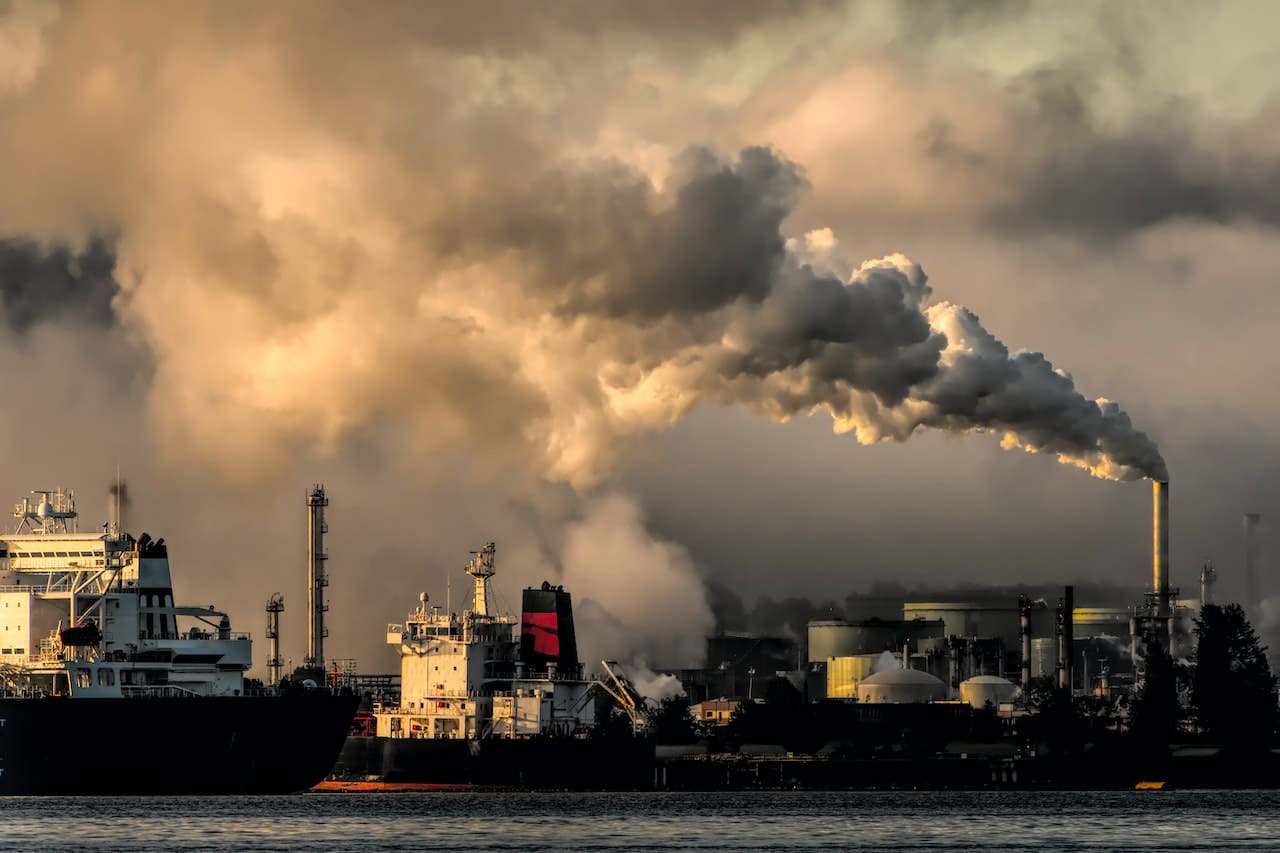
Pollution control equipment is crucial in safeguarding the environment and human health by reducing harmful emissions from various sources. Among the arsenal of pollution control technologies, two unique solutions are Selective Catalytic Reduction (SCR) and Diesel Particulate Filter (DPF). In this article, we will delve into the significance of pollution control equipment and explore how SCR and DPF contribute to mitigating pollution.
Understanding Pollution Control Equipment
Pollution control equipment refers to a range of technologies designed to reduce the emission of pollutants into the atmosphere. These technologies can be categorized into two main types: particulate matter (PM) control devices and gas emission control devices. PM control devices, such as Diesel Particulate Filters, capture and remove particulate matter, while gas emission control devices, like Selective Catalytic Reduction, target gas pollutants.
Selective Catalytic Reduction (SCR)
SCR is an advanced emission control technology widely used in power plants, industrial processes, and vehicles. The SCR system reduces nitrogen oxide (NOx) emissions by converting them into harmless nitrogen and water vapor. The working principle of SCR involves injecting a reducing agent, usually ammonia or urea, into the exhaust stream, which reacts with the NOx over a catalyst, thus transforming them into harmless substances. The SCR system consists of crucial components like the catalyst, ammonia injection system, reactor, and control system. SCR offers several advantages, including high NOx removal efficiency, operational flexibility, and compatibility with various fuel types. It finds applications in power generation, marine engines, and heavy-duty vehicles. However, challenges like catalyst poisoning and appropriate infrastructure for urea/AdBlue storage and distribution must be addressed.
Diesel Particulate Filter (DPF)
DPF is a particulate matter control device specifically designed for diesel engines. It captures and removes particulate matter, including soot and other harmful particles, from the exhaust gases. The functioning of a DPF involves trapping the particles within a porous ceramic or metal filter, allowing the clean exhaust gases to pass through. Over time, the accumulated particles are burned off through a process called regeneration, which can be passive or active. DPFs come in different types, such as wall-flow, cordierite, and silicon carbide, each with advantages and considerations. DPFs provide significant benefits, including effective particulate matter reduction, improved air quality, and compliance with emission standards. However, proper maintenance and respect for factors like backpressure and ash accumulation are necessary for optimal DPF performance.
Comparison of SCR and DPF
While SCR and DPF serve different purposes in pollution control, they often work together to achieve comprehensive emission reduction. SCR targets gas pollutants, while DPF focuses on capturing particulate matter. SCRa reduces NOx emissions but has a limited impact on particulate matter, whereas DPF excels in particulate matter capture. Their operational differences, performance, environmental impact, and cost vary.
Case Studies and Real-World Applications
The application of SCR and DPF extends across various industries and sectors. SCR systems have demonstrated significant NOx reduction in industrial and power plant installations, ensuring compliance with emission standards. In the automotive and transportation sector, DPFs have become integral in reducing particulate matter emissions from diesel vehicles, contributing to cleaner air quality. Additionally, off-road and heavy equipment, such as construction machinery and agricultural vehicles, have adopted SCR and DPF technologies to comply with emission regulations and minimize their environmental footprint.
Pollution control equipment, such as Selective Catalytic Reduction (SCR) and Diesel Particulate Filters (DPF), play a pivotal role in curbing pollution and improving air quality. SCR effectively tackles nitrogen oxide (NOx) emissions, while DPF efficiently captures particulate matter, addressing two significant sources of air pollution.
With its ability to convert NOx into harmless substances, SCR technology offers a reliable solution for industries, power plants, and vehicles to reduce nitrogen oxide emissions. It is high removal efficiency and compatibility with various fuel types make it a versatile choice. However, SCR systems must overcome challenges such as catalyst poisoning and the infrastructure required for urea/AdBlue storage and distribution. Continued research and development efforts are vital to optimize SCR systems and enhance performance.
DPF technology targets particulate matter emissions from diesel engines. By trapping harmful particles, DPFs significantly contribute to improving air quality. Their regeneration process ensures continuous operation and longevity. Regular maintenance and consideration of factors like backpressure and ash accumulation are crucial.
Both SCR and DPF systems are essential in achieving comprehensive emission reduction. While SCR primarily focuses on NOx emissions and DPF on particulate matter, a combined approach can effectively address multiple pollutants. Industries, power plants, and vehicle manufacturers must evaluate their specific emission requirements and consider regulatory compliance to determine the most suitable combination of SCR and DPF technologies.
Real-world applications showcase the effectiveness of SCR and DPF technologies. SCR systems have successfully reduced NOx emissions in industrial and power plant installations, ensuring compliance with strict emission standards. The automotive and transportation sector has witnessed widespread adoption of DPFs in diesel vehicles, leading to substantial reductions in particulate matter emissions. Furthermore, off-road and heavy equipment applications, including construction machinery and agricultural vehicles, have embraced SCR and DPF technologies to meet emission regulations and minimize environmental impact.
Conclusion
In conclusion, pollution control equipment, such as SCR and DPF, contribute significantly to pollution mitigation efforts. These technologies play crucial roles in reducing NOx and particulate matter emissions, thus improving air quality and safeguarding public health. As we move forward, continued advancements in pollution control equipment will be essential to combat the challenges of pollution and ensure a sustainable and cleaner future.